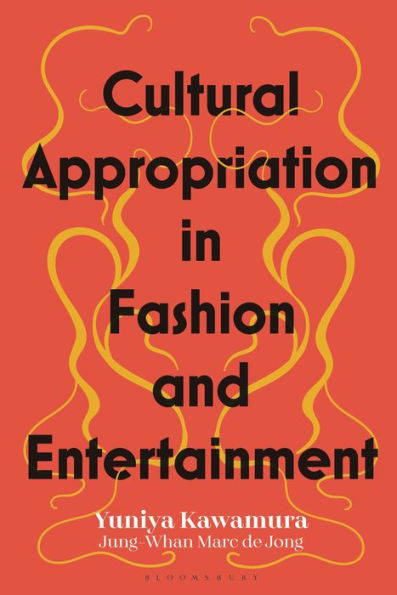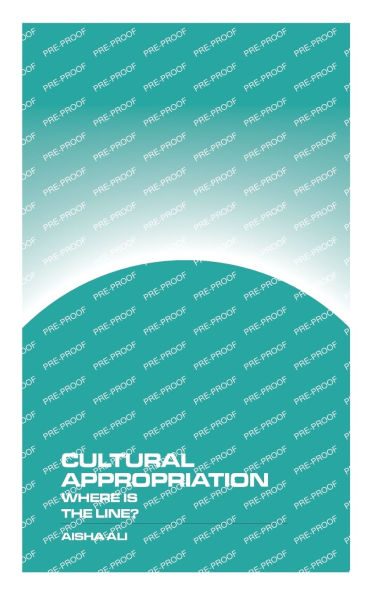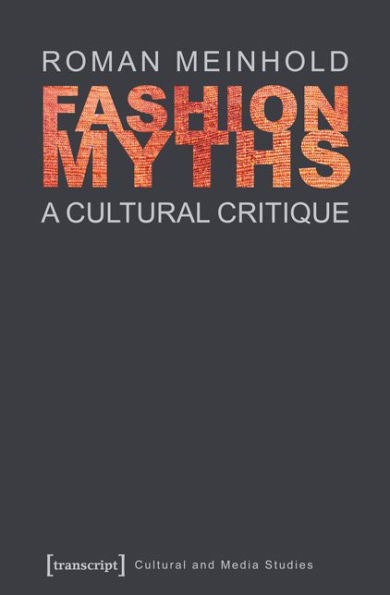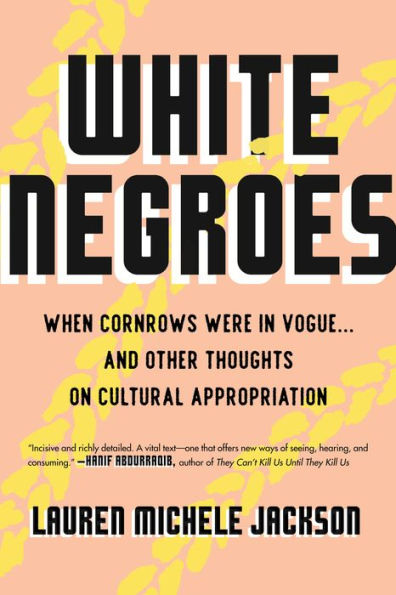Home
Cultural Appropriation Fashion and Entertainment
Barnes and Noble
Loading Inventory...
Cultural Appropriation Fashion and Entertainment
Current price: $95.00

Barnes and Noble
Cultural Appropriation Fashion and Entertainment
Current price: $95.00
Loading Inventory...
Size: Hardcover
*Product information may vary - to confirm product availability, pricing, shipping and return information please contact Barnes and Noble
Is it ever acceptable to “borrow” culturally inspired ideas? Who has ownership over intangible culture? What role does power inequality play? These questions are often at the center of heated public debates around cultural appropriation, with new controversies breaking seemingly every day.
Cultural Appropriation in Fashion and Entertainment
offers a sociological perspective on the appropriation of race, ethnicity, class, sexuality, and religion embedded in clothing, textiles, jewelry, accessories, hairstyles and tattoos, as well as in entertainment, such as K-pop, Bhangra, and hip-hop.
By providing a range of global perspectives on the adoption, adaptation, and application of both tangible and intangible cultural objects, Kawamura and de Jong help move the conversation beyond simply criticizing designers and creators to encourage nuanced discussion and raise awareness of diverse cultures in the creative industries.
Cultural Appropriation in Fashion and Entertainment
offers a sociological perspective on the appropriation of race, ethnicity, class, sexuality, and religion embedded in clothing, textiles, jewelry, accessories, hairstyles and tattoos, as well as in entertainment, such as K-pop, Bhangra, and hip-hop.
By providing a range of global perspectives on the adoption, adaptation, and application of both tangible and intangible cultural objects, Kawamura and de Jong help move the conversation beyond simply criticizing designers and creators to encourage nuanced discussion and raise awareness of diverse cultures in the creative industries.
Is it ever acceptable to “borrow” culturally inspired ideas? Who has ownership over intangible culture? What role does power inequality play? These questions are often at the center of heated public debates around cultural appropriation, with new controversies breaking seemingly every day.
Cultural Appropriation in Fashion and Entertainment
offers a sociological perspective on the appropriation of race, ethnicity, class, sexuality, and religion embedded in clothing, textiles, jewelry, accessories, hairstyles and tattoos, as well as in entertainment, such as K-pop, Bhangra, and hip-hop.
By providing a range of global perspectives on the adoption, adaptation, and application of both tangible and intangible cultural objects, Kawamura and de Jong help move the conversation beyond simply criticizing designers and creators to encourage nuanced discussion and raise awareness of diverse cultures in the creative industries.
Cultural Appropriation in Fashion and Entertainment
offers a sociological perspective on the appropriation of race, ethnicity, class, sexuality, and religion embedded in clothing, textiles, jewelry, accessories, hairstyles and tattoos, as well as in entertainment, such as K-pop, Bhangra, and hip-hop.
By providing a range of global perspectives on the adoption, adaptation, and application of both tangible and intangible cultural objects, Kawamura and de Jong help move the conversation beyond simply criticizing designers and creators to encourage nuanced discussion and raise awareness of diverse cultures in the creative industries.

















